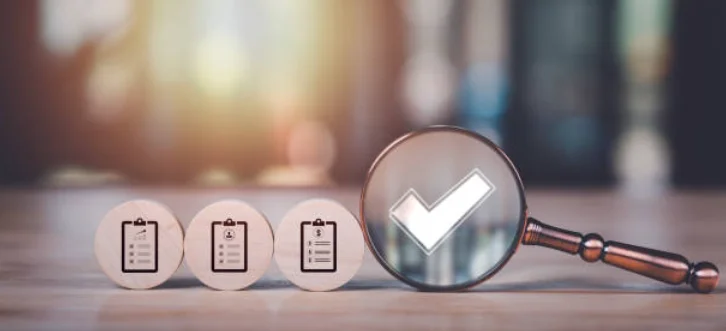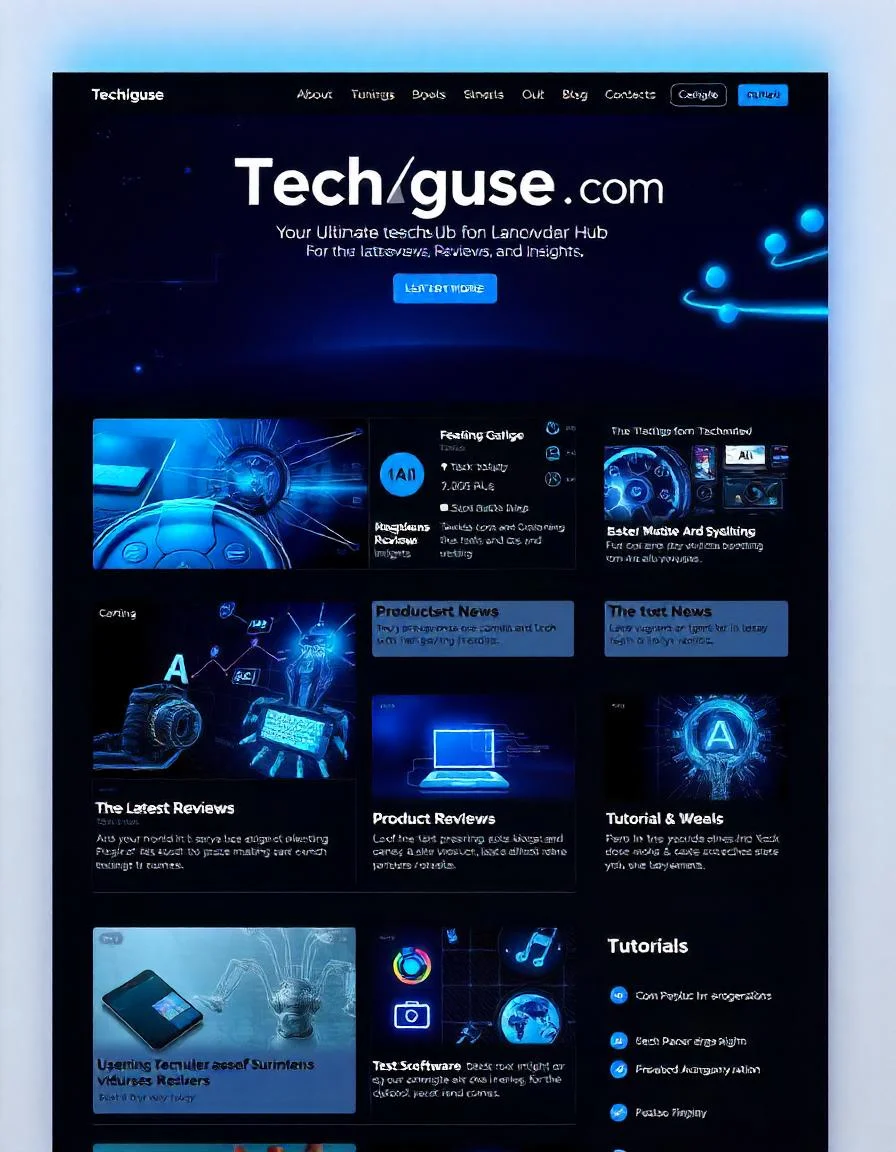As industries worldwide move toward digital-first operations, the demand for secure, compliant, and user-friendly onboarding processes has never been greater. Fraud, identity theft, and regulatory penalties threaten businesses that fail to verify their customers properly. Two technologies leading the way in solving these challenges are address verification and video KYC (Know Your Customer).
Together, these solutions create a multi-layered identity verification framework that not only ensures compliance with KYC/AML regulations but also delivers a smooth onboarding experience for customers.
What is Address Verification?
Address verification (AV) is the process of validating a customer’s residential or business address to confirm its authenticity. This step plays a crucial role in ensuring that customers are who they claim to be and are not hiding behind fake or stolen information.
Common address verification methods:
- Document Verification – Customers upload utility bills, bank statements, or government-issued letters containing their address.
- Database Cross-Checks – Addresses are validated against official records such as electoral rolls, postal systems, or government registries.
- Geolocation Analysis – IP address or GPS data confirms whether the user is located in the region they claim.
For industries like banking, fintech, and e-commerce, address verification helps reduce fraud, ensures regulatory compliance, and supports accurate customer risk profiling.
What is Video KYC?
Video KYC enables businesses to remotely verify customer identities through live or recorded video interactions. It eliminates the need for in-person verification while maintaining compliance and security standards.
Core elements of video KYC include:
- Face Verification – Matching a customer’s face with their official ID document.
- Liveness Detection – Preventing spoofing attacks by ensuring the user is physically present during the verification.
- Document Validation – Checking government-issued identity proofs in real time.
- Compliance Recording – Storing the entire process securely for audit purposes.
With growing adoption by regulators and businesses, video KYC has become a global standard for digital onboarding.
How Address Verification and Video KYC Work Together
When combined, address verification and video KYC provide a holistic approach to customer onboarding:
- Video KYC confirms the customer’s identity, ensuring they are real and present.
- Address verification validates their claimed residence or business location.
This dual verification model allows businesses to comply with AML and CFT regulations, prevent onboarding of high-risk individuals, and build stronger trust with legitimate customers.
For example:
- A fintech company may use video KYC to verify a customer’s identity and address verification to confirm their residency before approving account creation.
- An e-commerce platform selling age-restricted products can prevent fraudulent purchases by combining both methods.
Benefits for Businesses
1. Stronger Security
By combining identity authentication with address checks, businesses minimize the risk of fraudulent or duplicate accounts.
2. Regulatory Compliance
Address verification and video KYC help organizations comply with regulations such as AMLD (EU), FATF recommendations, and local KYC laws.
3. Improved Customer Experience
Customers can complete verification digitally in minutes, without mailing physical documents or visiting branches.
4. Operational Efficiency
Automating verification processes saves banks and businesses both time and resources.
5. Global Reach
With digital-first verification, businesses can onboard customers from different regions while adapting to local compliance requirements.
Challenges and Solutions
1. Document Fraud
Fraudsters may forge utility bills or IDs.
Solution: Use AI-driven document authentication that detects tampered or manipulated files.
2. Connectivity Issues
Video KYC may fail in low-bandwidth areas.
Solution: Deploy lightweight, mobile-friendly verification tools that function under poor network conditions.
3. Privacy Concerns
Storing personal data like addresses and video recordings raises privacy risks.
Solution: Ensure compliance with GDPR, CCPA, and other data protection laws.
4. Regulatory Complexity
Each country has unique KYC/AML requirements.
Solution: Partner with global regtech providers offering region-specific compliance modules.
Future of Address Verification and Video KYC
The future of digital identity verification lies in the integration of AI, biometrics, and blockchain. Key trends include:
- AI-driven Fraud Detection – Detecting forged documents and fake identities with high precision.
- Blockchain-based Identity Systems – Secure, tamper-proof digital identities for global onboarding.
- Advanced Biometrics – Voice, fingerprint, and iris scans complementing facial verification.
- Global Acceptance of Video KYC – Regulators worldwide adopting video KYC as a compliance standard.
- Seamless Cross-Border Verification – Customers using one verified identity across multiple industries and geographies.
Industry Applications
- Banking & Fintech – Account openings, loan approvals, and fraud prevention.
- E-commerce – Preventing fraudulent orders and ensuring delivery to legitimate addresses.
- Telecom – Securely verifying addresses and identities for SIM registration.
- Healthcare – Confirming patient addresses for telemedicine and prescription delivery.
- Real Estate – Ensuring transparency in property leasing or purchase transactions.
Conclusion
In today’s digital economy, address verification and video KYC are no longer optional—they are essential for businesses that want to build trust, ensure compliance, and protect against fraud.
- Address verification ensures the authenticity of customer locations.
- Video KYC confirms the identity and presence of customers in real time.
Together, they deliver a dual shield that strengthens onboarding processes across industries like banking, fintech, healthcare, telecom, and e-commerce.
As fraudsters become more sophisticated, adopting advanced AI-powered, biometric, and blockchain-driven solutions will be key to staying ahead. By investing in address verification and video KYC, businesses secure their platforms, comply with global regulations, and create a seamless digital experience for customers worldwide.


